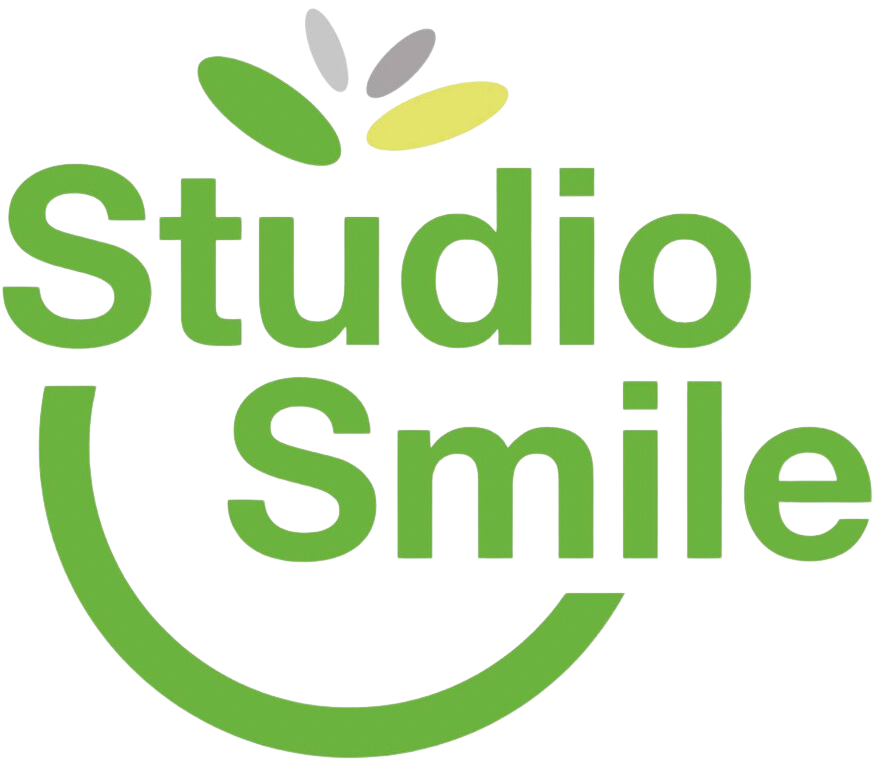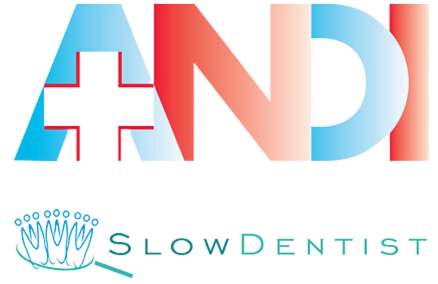THE OMP® ORTHOTICS
The term Postural Mandibular Orthotic (OMPr) commonly called BITE indicates a plate, normally made of resin, which is placed between the dental arches in order to modify their matching relationships without modifying - permanently - the teeth and their arrangement.
It acts on neuromuscular function and the temporomandibular joint (TMJ).
The primary aim is to give a spatial position to the jaw that balances the tensions affecting the masticatory muscles and the TMJ, obviating the cranial and skeletal asymmetries present.
It is built on the lower arch to avoid interference with the tongue, indeed to guide it into the correct position when swallowing and at rest.
Patients who require orthotic therapy for mandibular repositioning present a painful-dysfunctional syndrome affecting the TMJ joints in various developmental stages.
MANDIBULAR REPOSITIONING ORTHOTICS
The postural orthotic is a stabilization and, above all, repositioning bite, worn on the lower arch.
It is preferably made of transparent acrylic resin, advantageous for its minimal visual impact, for its lightness, for the possibility of cold modifications, with additions or subtractions during checks and for its durability over time with good home maintenance.
It is built on the lower arch to avoid interference with the tongue, indeed to guide it into the correct position when swallowing and at rest; it is not built on the upper arch as it would only give relief to the internal pterygoid muscle by increasing the vertical dimension, but it would block cranial and cranio-sacral breathing.
While wearing the bite, you must not tighten on it: the back teeth come into contact preparing the swallowing act (which occurs 1500 to 2000 times a day), with the correct position of the tongue on the palate.
This contact stabilizes the hyoid bone which in turn stabilizes the muscles above and below the hyoid and posterior cervical muscles.
At rest - between one swallow and another - the teeth must not contact the plaque, but only graze as required by a balanced postural system.
Patients who require orthotic therapy for mandibular repositioning present a painful-dysfunctional syndrome affecting the TMJ joints in various developmental stages.
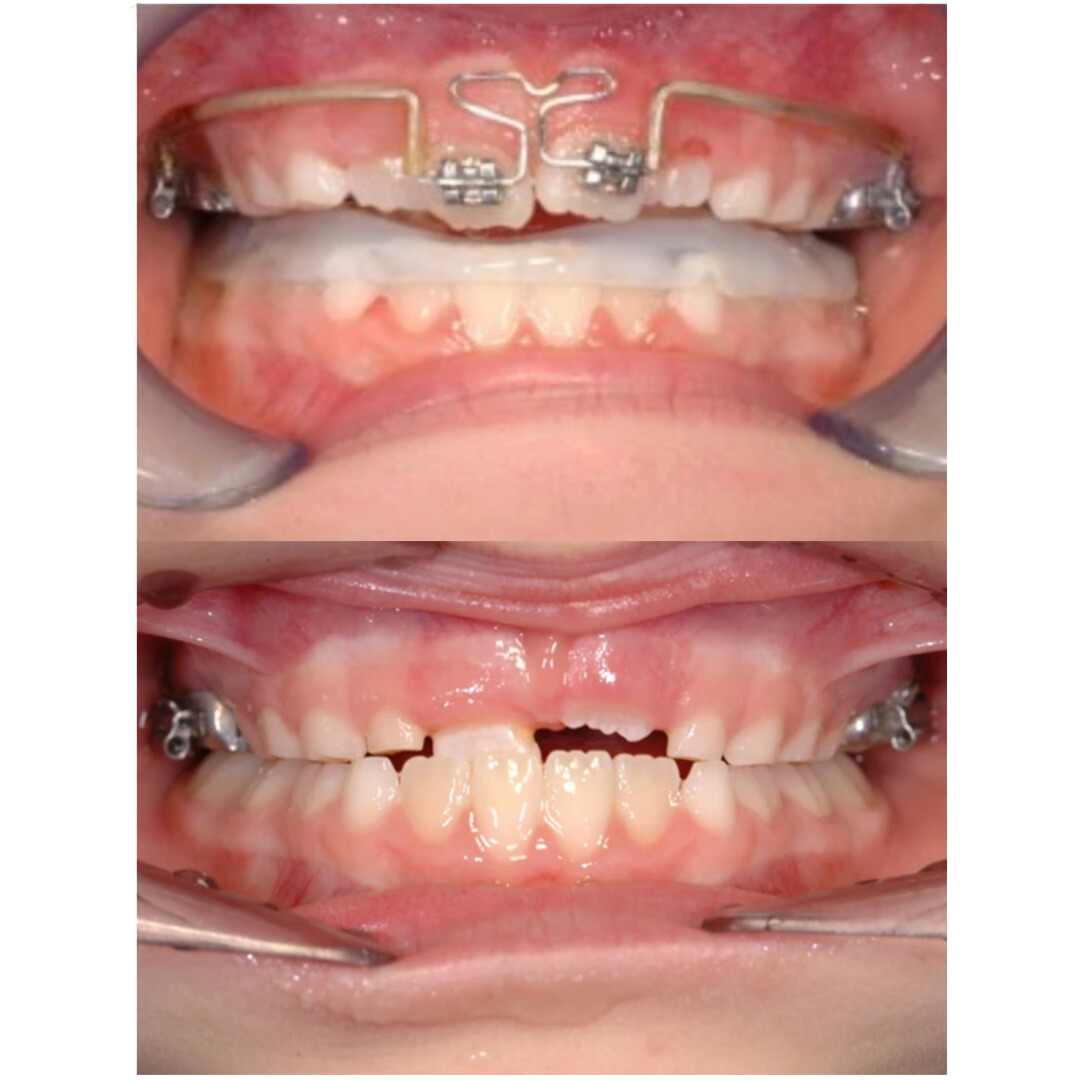
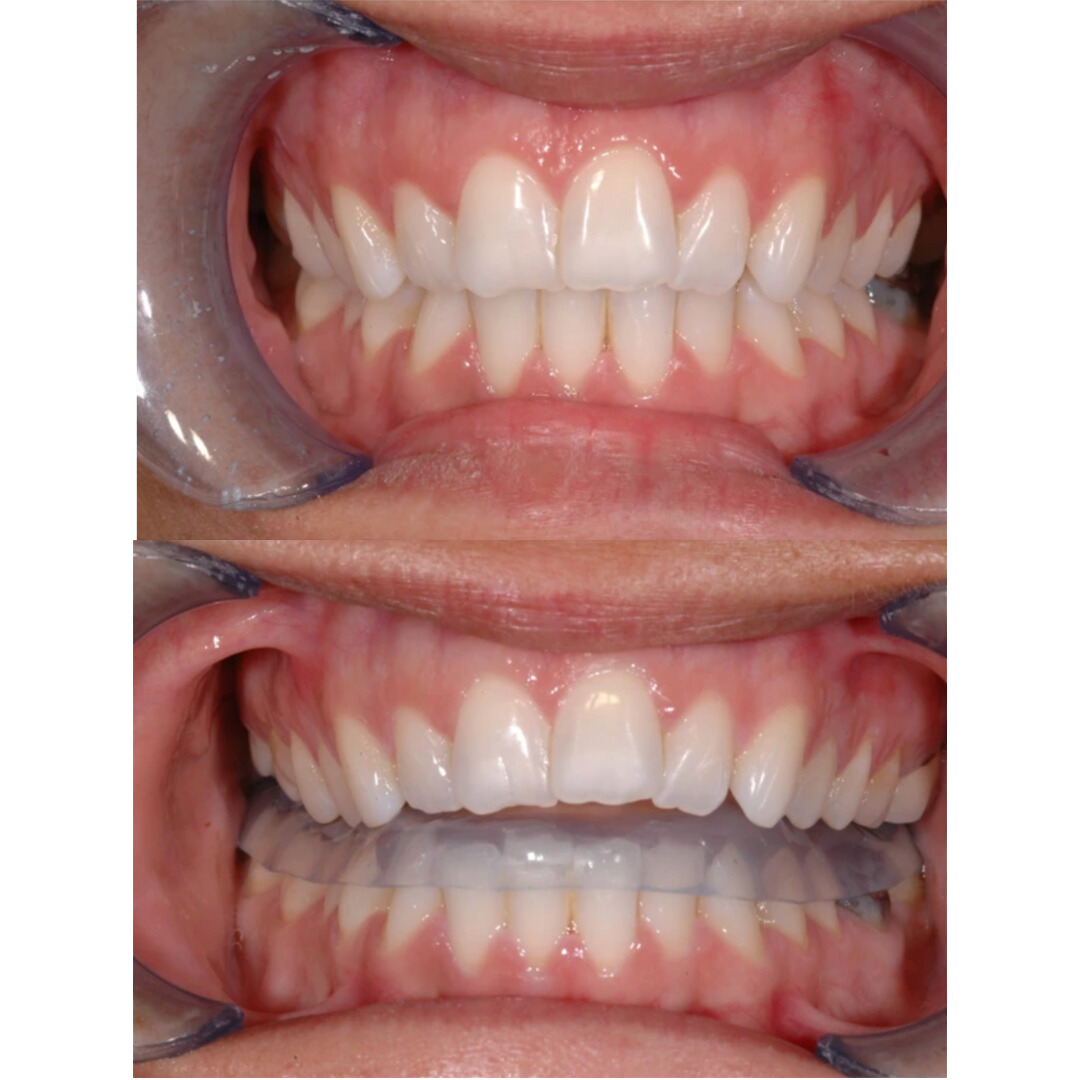
In order to appreciate the function of the TMJs it is necessary to have a working knowledge of the local anatomy, the neurology of the hyoid muscles of mastication, as well as adjacent systems such as the primary cranial respiratory mechanism, in addition to the closed kinematic chain of the cervical muscles which completes the stomatognathic apparatus in its broadest sense.
The functioning of this system is clearly integrated with that of the rest of the body.
This is why we could say in simple words that muscular problems that manifest themselves with headaches, dizziness, neck pain, lumbago, etc., can affect the TMJ, or originate from a pathology in this area.
In order to appreciate the function of the TMJs it is necessary to have a working knowledge of the local anatomy, the neurology of the hyoid muscles of mastication, as well as adjacent systems such as the primary cranial respiratory mechanism, in addition to the closed kinematic chain of the cervical muscles which completes the stomatognathic apparatus in its broadest sense.
The functioning of this system is clearly integrated with that of the rest of the body.
This is why we could say in simple words that muscular problems that manifest themselves with headaches, dizziness, neck pain, lumbago, etc., can affect the TMJ, or originate from a pathology in this area.
The orthotic stops the degeneration of the mandibular condyle (due to a retruded or non-physiological mandibular position) allowing the formation of a protective fibrocartilage on it; the therapeutic position allows the condyle to be moved away from the retruded compression position.
The mandibular repositioning therapy lasts on average 3 months in which the orthotic must be worn as much as possible during daylight hours, if possible even at night, removing it only during meals. This is followed by at least another 2 months to stabilize the position of the jaw by gradually removing the orthotic for limited hours. This mandibular position is the result of a motor reprogramming induced by the postural tonic system and new brain engrams which determine the reharmonization of both local and general muscle tone.
The orthotic must be checked periodically following gradual postural changes, according to a personalized postural re-education protocol and program.
The complexity of our postural system requires maximum precision and professionalism and therefore electromyographic, baropodometric and spinometric tests will be of important help. Before starting the therapy it is necessary to have adequate oral hygiene, undergo treatment for any carious lesions and periodontal problems and have adequate stability of any removable prostheses.
ADVICE ON ADEQUATE MAINTENANCE OF THE OMP® ORTHOTICS
- Clean it in the evening by brushing it with dry bicarbonate;
- If a white film forms, immerse it in colorless vinegar for 2/3 minutes and then brush with dry bicarbonate;
- If pigmentation forms, immerse it in Amuchina for 2/3 minutes;
- Always place it in the protective box wrapped in gauze;
- Do not put it in the dishwasher;
- Don't let it boil;
We recommend removing the OMP® 20 minutes before eating.
Please note: Dogs and cats love to play and chew with orthotics.
TMJOINT SURFACE WIRELESS ELECTROMYOGRAPHY
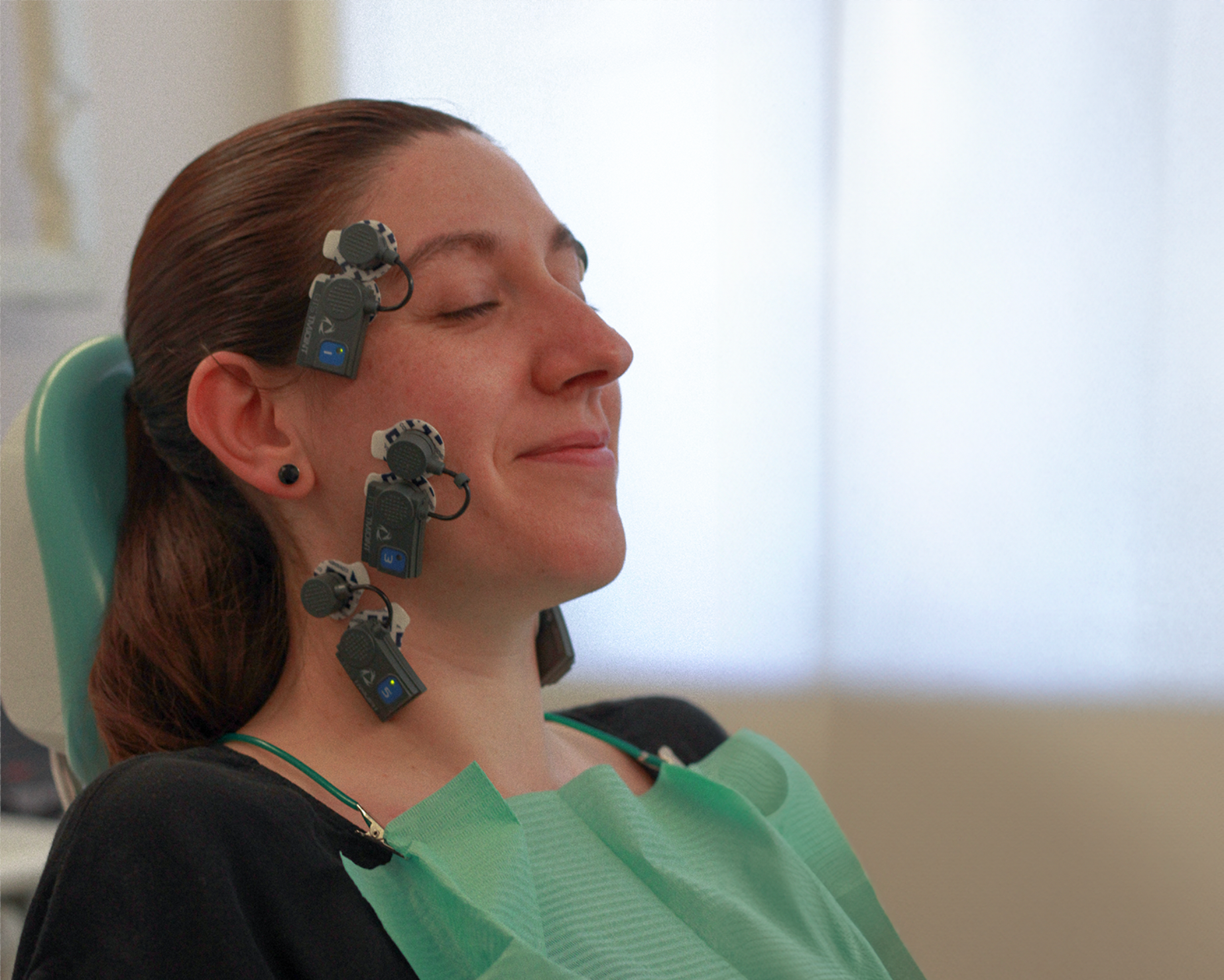
Surface electromyography or synchromyographic examination measures the activity of the muscles: anterior temporal, masseter and sternocleidomastoid.
We use the BTSTMJoint system which acquires the electrical signal of muscle contraction, processes it through dedicated software (DentalContact) and analyzes it providing information on how dental contact or devices inserted into the mouth influence muscle activity and stability.
The test is non-invasive and quick.
